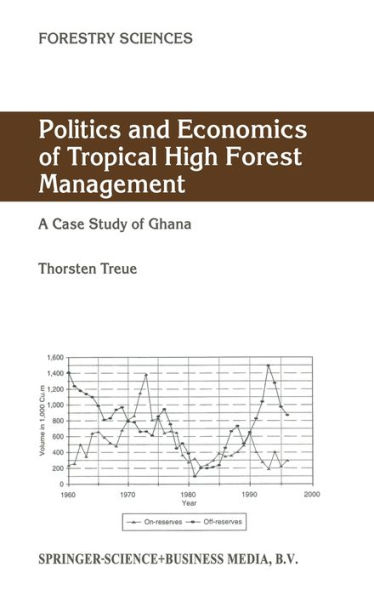This book provides a case study into the complexity of tropical high forest in Ghana. It documents the fact that national forest inventories for a long time yielded results that were either over-optimistic about the annual allowable cut or of little use at policy level. Yet, the most important reasons for deforestation and forest degradation stem from market and legislative failures. This has resulted in major government and export revenues foregone, and the capacity of the timber industry has become far higher than the annual allowable cut from forest reserves. Trees outside forest reserves could fill the gap between the timber demand and the capacity of forest reserves. However, sustainable management of trees outside forest reserves requires clear incentives for the actual managers to do so. These managers are the rural people, who also own the land on which the trees grow. Yet, the state owns the trees. Accordingly, the challenge is for the state to replace its old exploitative attitude with a viable production-oriented approach to off-reserve timber resources.



